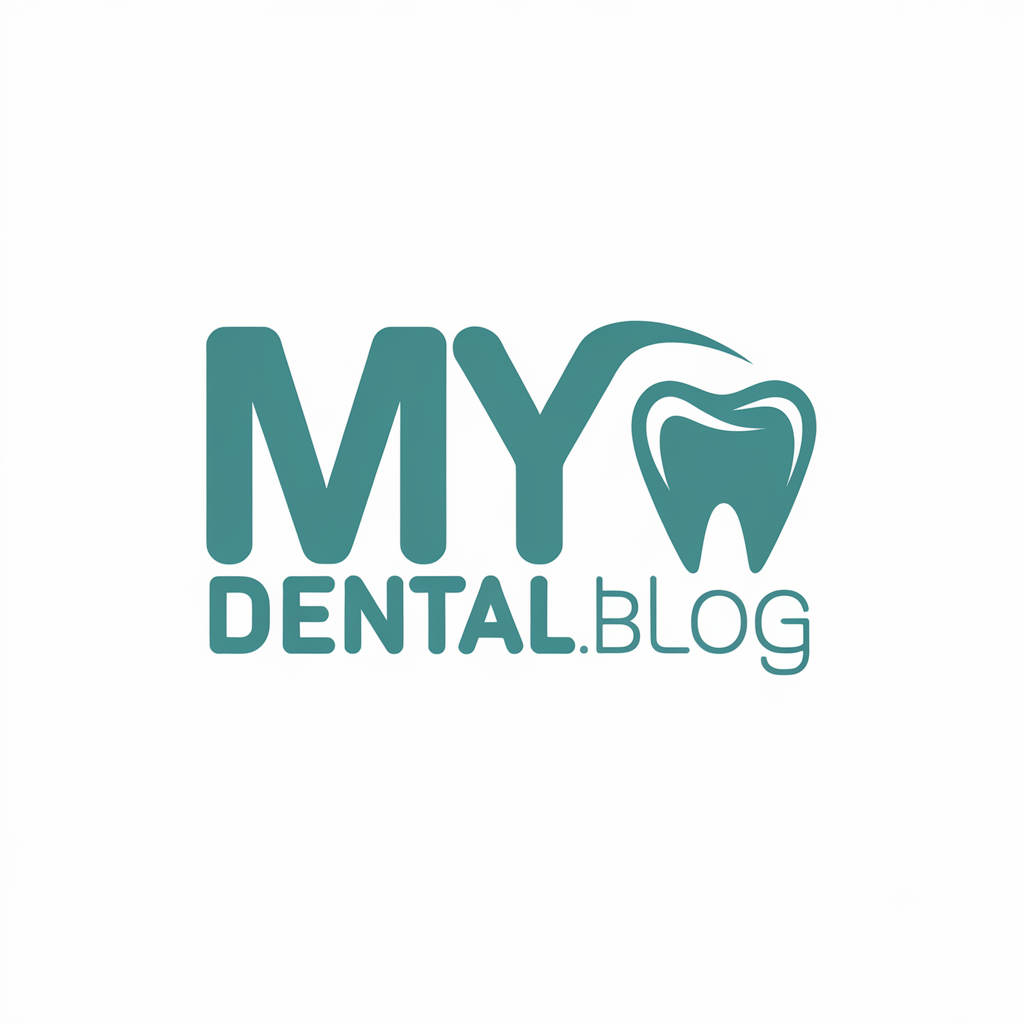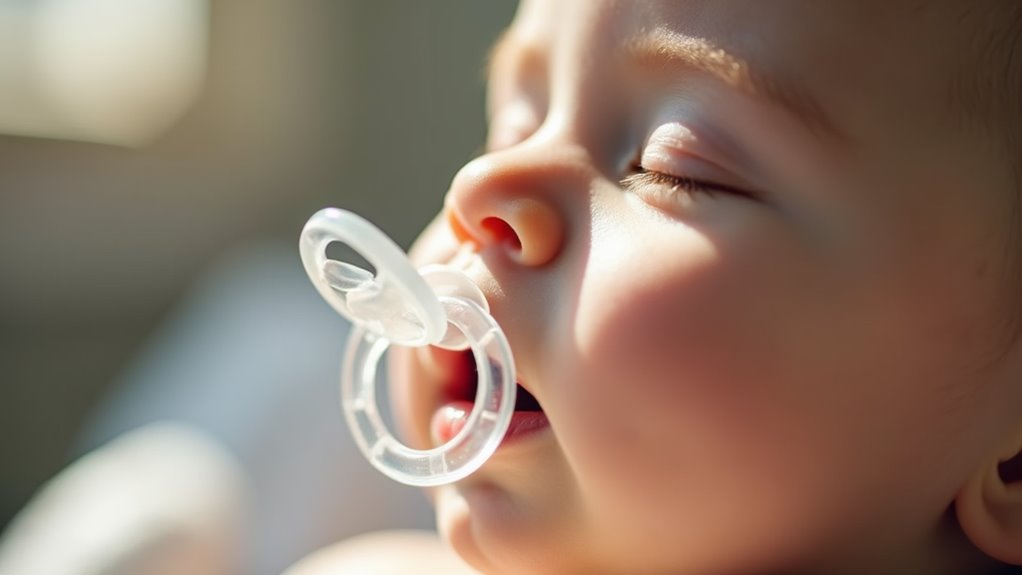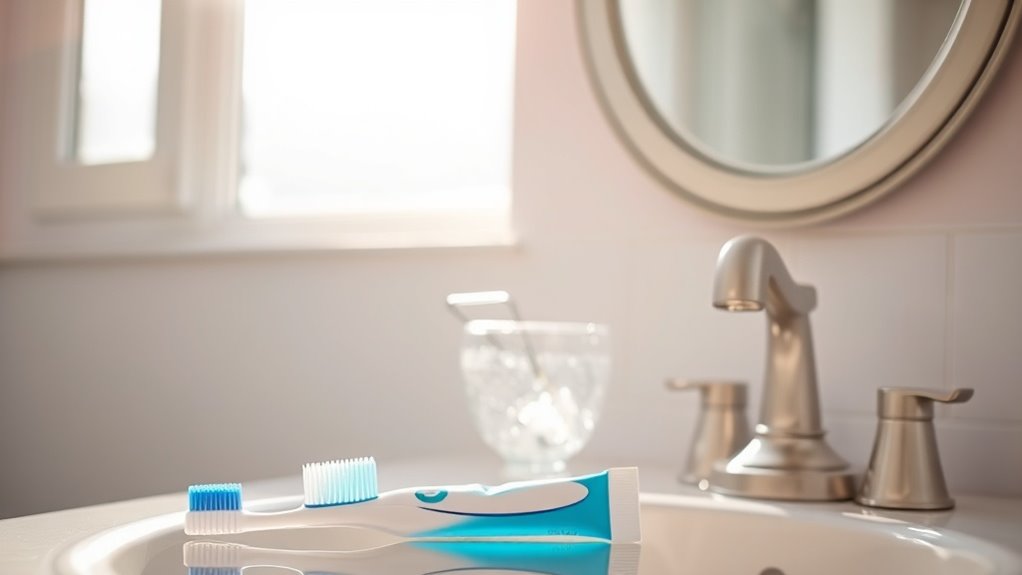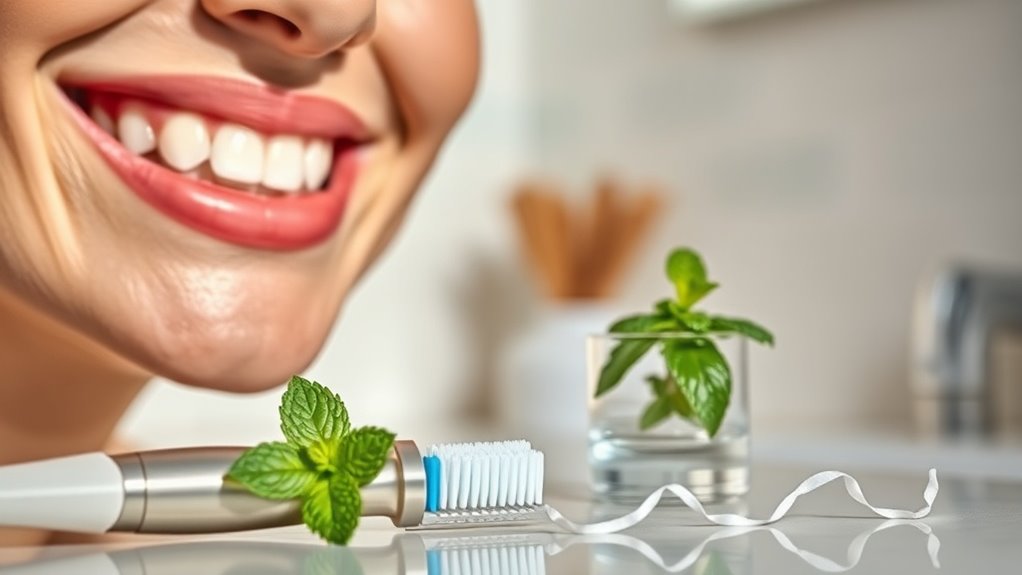Your Baby’s Pacifier Could Be Harming Their Teeth – Here’s Why!
While your baby’s pacifier might seem like a miracle tool for soothing tears and promoting sleep, it could be silently affecting their dental development. You’re not alone if you’ve wondered about the long-term effects of this common parenting aid. The comfort it provides comes with potential risks to your child’s teeth alignment and jaw structure – risks that every parent should understand before making decisions about pacifier use.
Understanding the Impact of Pacifiers on Dental Development
While pacifiers can soothe fussy babies, they may significantly affect your child’s dental development during their formative years. Extended pacifier use creates pressure on growing jaw bones and emerging baby teeth, potentially leading to dental misalignment and bite problems.
You’ll notice the most impact when your child uses a pacifier beyond age two. The constant sucking motion can push the front teeth forward and cause the back teeth to misalign. This can result in an open bite, where the front teeth don’t meet when your child closes their mouth.
Additionally, prolonged pacifier use might narrow the upper jaw, affecting how your child’s teeth come together. Monitoring pacifier habits is crucial as the child grows to ensure proper dental health.
To minimize these risks, consider gradually reducing pacifier time as your child approaches their second birthday. If you’re concerned about your baby’s pacifier habits, innovative orthodontic-designed pacifiers can help reduce dental impact while still providing comfort.
Common Dental Problems Linked to Prolonged Pacifier Use
Although pacifiers provide temporary comfort, their extended use can trigger several dental complications in young children. The most concerning issue is anterior open bite, where the front teeth don’t meet when your child closes their mouth. This misalignment can affect their ability to bite and chew properly.
Your child’s jaw development might also suffer, as prolonged sucking can narrow the upper dental arch and cause crossbite – when upper teeth sit inside lower teeth. Additionally, the constant pressure from pacifier use can push teeth outward, creating what dentists call “buck teeth” or protrusion.
Even more concerning, extended pacifier use can alter your child’s palate shape, potentially leading to speech difficulties and increased risk of ear infections. These issues often require extensive orthodontic treatment later in life. Additionally, poor-fitting dental appliances can irritate gums, leading to further complications.
The good news? Most dental problems can be prevented by limiting pacifier use and stopping entirely by age two.
Best Practices for Safe Pacifier Usage
Parents can follow six essential guidelines to ensure safe pacifier use for their babies.
First, choose an age-appropriate, one-piece silicone pacifier that meets current safety standards.
Second, clean the pacifier daily with soap and water, and never use your mouth to “clean” it.
Third, inspect it regularly for cracks, tears, or loose parts that could pose choking hazards.
Fourth, don’t attach pacifiers to your baby’s clothing with strings or ribbons longer than 6 inches, as these create strangulation risks.
Fifth, replace pacifiers every two months or sooner if they show signs of wear.
Finally, begin weaning your baby off the pacifier between 6 months and 1 year old to minimize dental issues. Good oral health is crucial during this phase to prevent potential complications later on.
You’ll also want to avoid dipping pacifiers in sweet substances like honey or sugar water, which can lead to tooth decay.
When introducing a pacifier, wait until breastfeeding is well-established, typically around 3-4 weeks of age.
Signs It’s Time to Break the Pacifier Habit
Even with proper pacifier safety practices, certain developmental signs indicate it’s time to stop pacifier use. When your child starts developing language skills around 18-24 months, constant pacifier use can interfere with speech development and pronunciation.
You’ll notice your toddler becoming more socially aware and interactive, making pacifier dependency potentially isolating.
Watch for dental changes like front teeth misalignment or the development of an open bite, where teeth don’t meet properly when closing the mouth. If your child’s pacifier affects their ability to engage in daily activities or becomes a non-negotiable comfort item, it’s time to intervene.
Additional red flags include frequent ear infections, dental problems, or difficulty sleeping without the pacifier. It’s important to remember that baby teeth are important; neglecting their health can affect the developing adult teeth.
Consider breaking the habit when your child shows increased emotional maturity and can better self-soothe using alternative methods. The ideal window for pacifier cessation is between ages 2 and 4.





